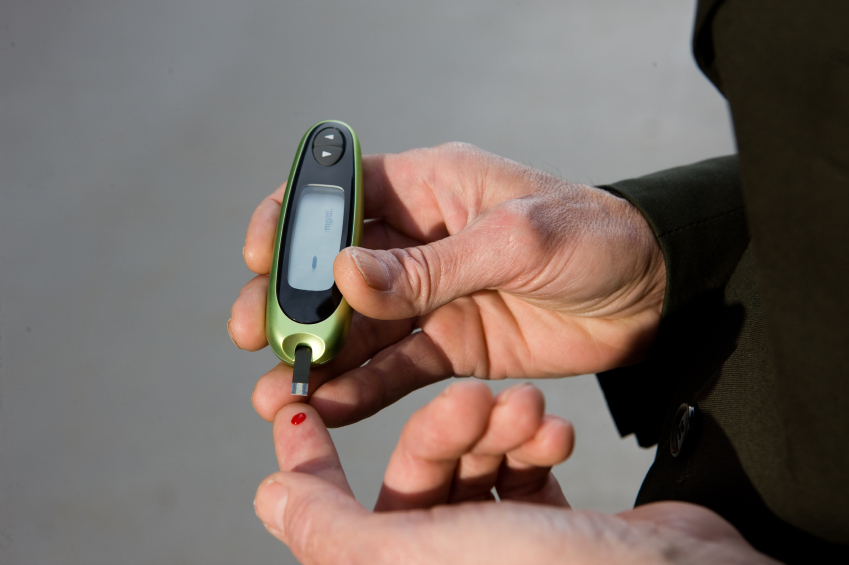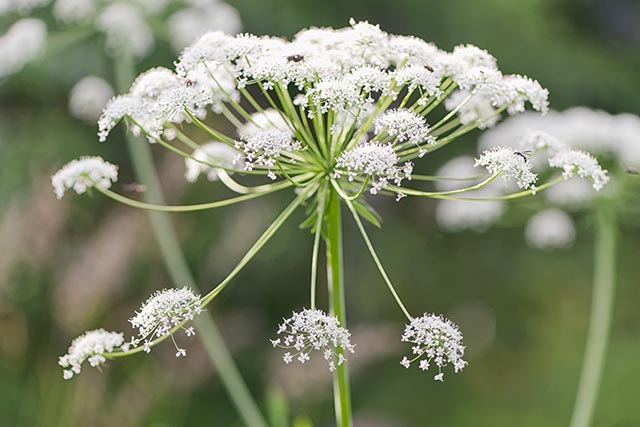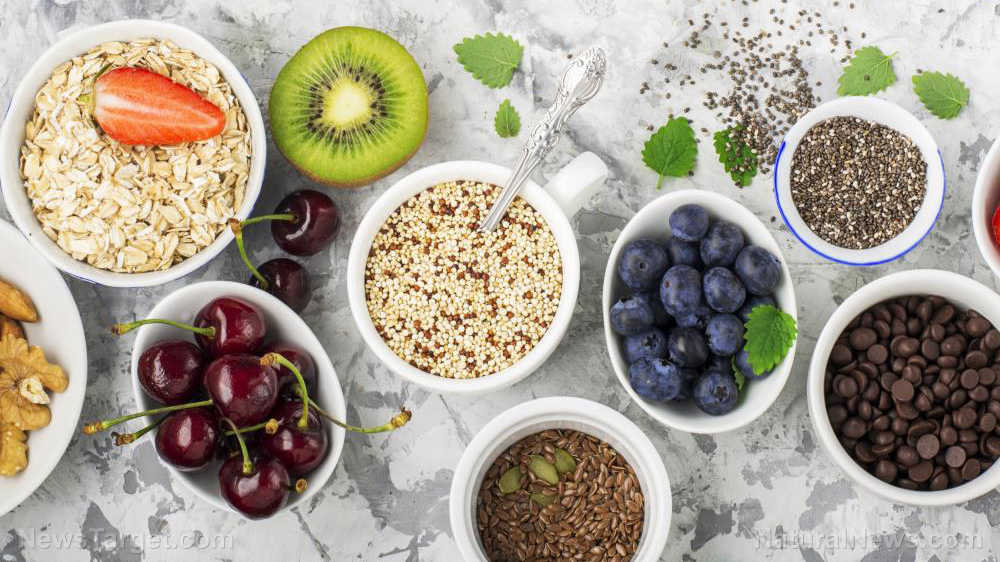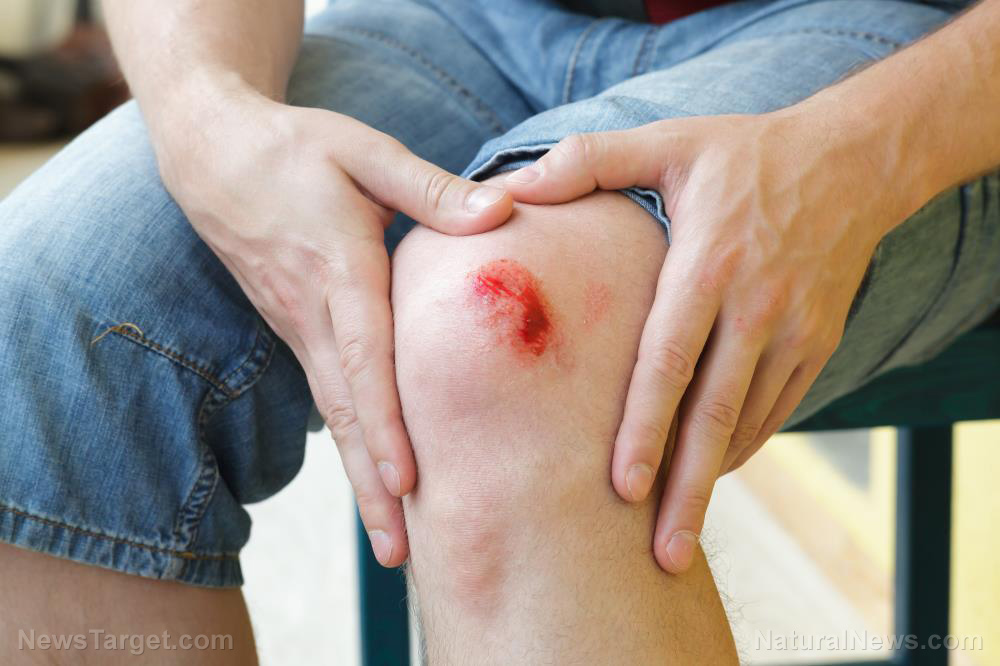Cold swim or hot yoga? Science says chilly temperatures make you burn fat faster
05/17/2018 / By Michelle Simmons
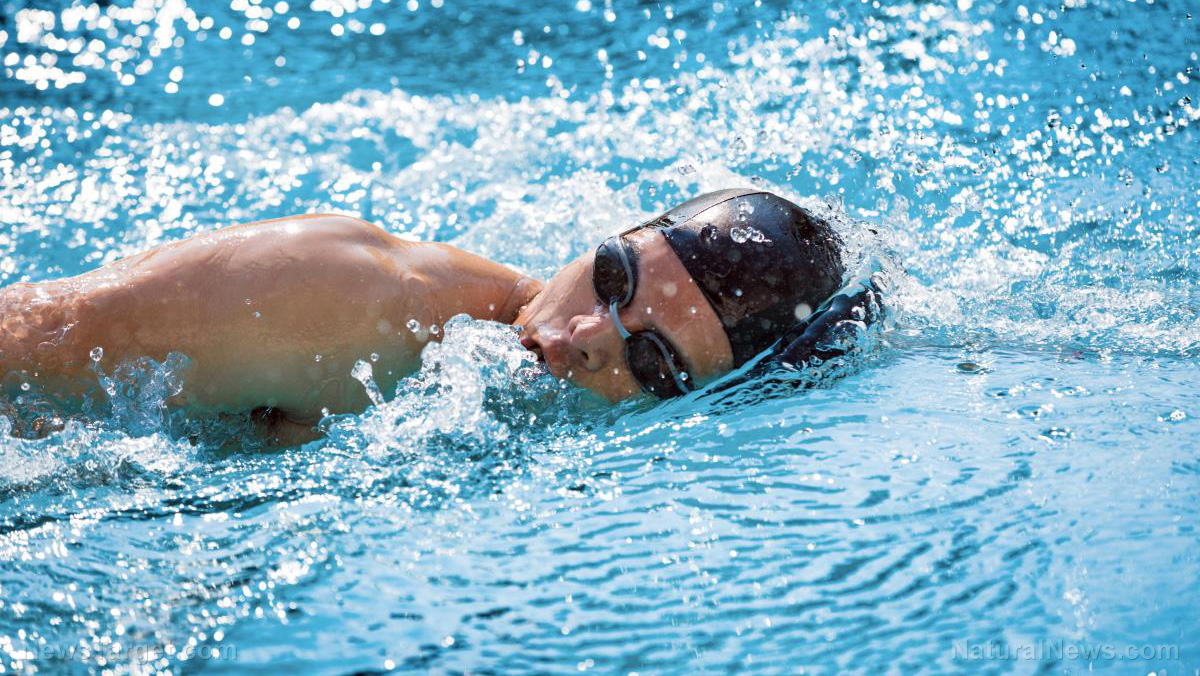
Maybe you could switch from doing hot yoga to taking a cold swim to burn fat faster. This is because a study published in the journal Nature Communications found that chilly temperatures make you burn fat faster. In the study, it was revealed that long-term exposure to cold temperatures changes fat cell epigenetics. Epigenetics are patterns of chemical signals that are above the gene sequence and regulate gene expression.
A team of researchers from the University of Tokyo monitored how the epigenome changes after long-term exposure to cold temperatures. In addition, the research team monitored how those changes cause energy-storing white fat cells to turn into heat-producing brown-like, or beige-like, fat cells. They used mice cells in conducting their study.
“We believe that this is the first time that anyone has collected data to prove that there are two steps between the environmental stimuli and epigenetic changes,” said Professor Juro Sakai of the University of Tokyo and Tohoku University.
There are two previously known main types of body fat: brown and white. Brown fat is considered as healthier and is not associated with the metabolic diseases linked to excess white fat. When you shiver, short-term body heat is created by warming up the muscles. Brown fat cells undergo the chemical process thermogenesis to use fat in producing heat, keeping the body warm for a longer period. When organisms are cold for a long period, the sympathetic nervous system reacts by releasing adrenaline. If cold temperatures remain, those adrenaline signals eventually reach white fat cells.
In the recent study, the research team discovered another type of fat, which is referred to as beige fat. The initial step of the environmental epigenetic control pathway is that the cell instigates a particular change to one amino acid in a protein called JMJD1A and this altered protein gathers other proteins. After that, the JMJD1A protein complex is recruited to genes that initiate thermogenesis and alter their epigenetic pattern to activate them. Those epigenetic changes turn white fat cells into “beige fat cells,” which conduct thermogenesis similar to brown fat cells.
Beige fat works like brown fat in terms of breaking down fat and sugar to enhance insulin sensitivity and increase metabolism. When there are more beige fat cells and lesser white fat cells, the symptoms of metabolic disorders like diabetes and obesity are reduced.
The team reported that the same white-to-beige fat cell transition could be caused even without adrenaline and stress response to cold temperatures.
“Understanding how the environment influences metabolism is scientifically, pharmacologically, and medically interesting,” Sakai explained.
In future experiments, the research team aims to focus on epigenetic modifications within the thermogenesis signaling pathway to manipulate it.
Hot yoga versus swimming
Both swimming and a hot yoga share some of their health benefits. These exercises improve mood and help build stronger muscles. However, there are particular health benefits swimming provide, and there are also certain benefits that yoga specifically offers.
For losing weight, swimming may be a better choice – as long as you are willing to work hard in the pool. Both yoga and swimming at a moderate pace burn just 281 calories an hour at 155 pounds. However, if you tread water vigorously, you will burn more than 700 calories in an hour. Even by swimming laps in a light freestyle stroke, you can lose about 563 calories every hour — this is more than twice the amount you can lose in yoga. For heart health, swimming is also good as it is an aerobic exercise, which is known for its cardiovascular benefits.
On the other hand, hot yoga sessions are best for balance and flexibility. Hot yoga is also known for relieving anxiety. However, any form of exercise, such as swimming, can fight stress and anxiety by causing the body to release endorphins.
Read more news stories and studies on losing weight by going to Slender.news.
Sources include:
Tagged Under: beige fat, body fat, brown fat, Burn Fat, burning fat, cold swim, exercise, fat, hot yoga, losing weight, metabolism, slender, Swimming, thermogenesis, weight loss, white fat, Yoga


